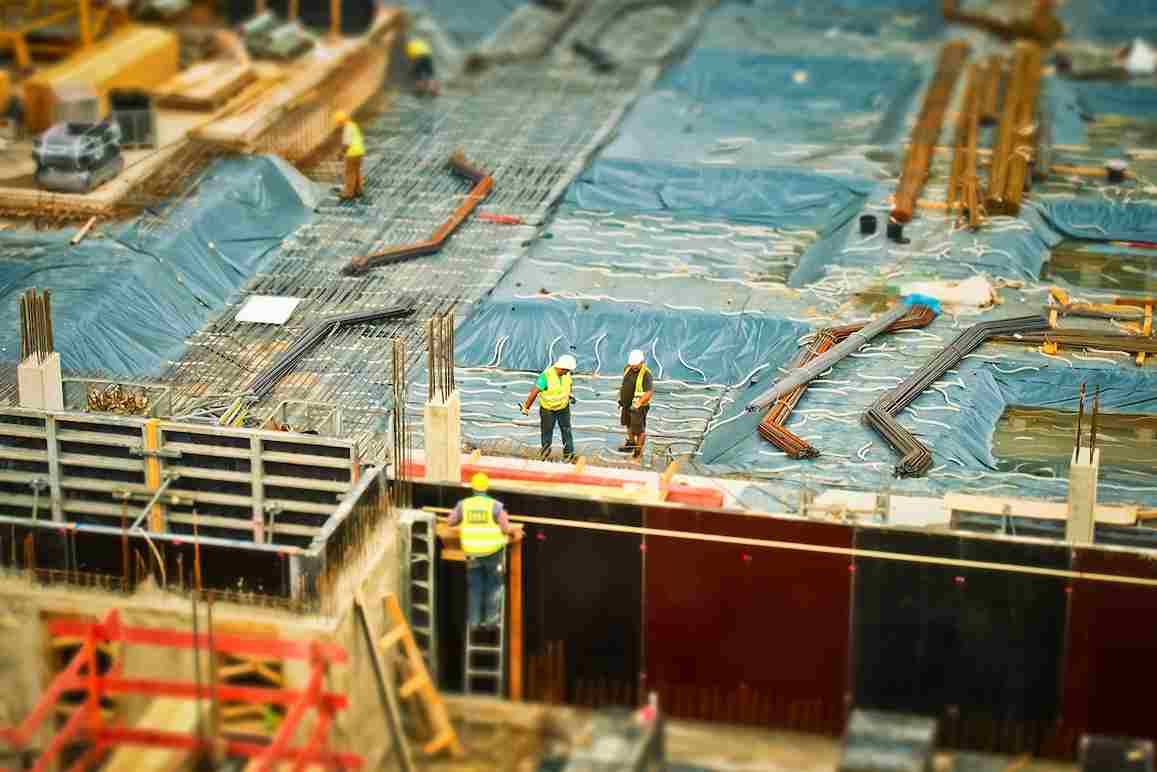
Architecture is all around us, in our homes, with some of the most interesting in towns and cities across the world.
But have you ever thought about the impact construction might have on the planet? The resources used to build a new house, public building, or even extension can contribute to the use of non-renewables and can harm the environment.
Thankfully, progress is being made in terms of the material that is being used in architecture and construction, to reduce our carbon footprint.
So, whether you’re using architects in Surrey to build a new home or extension, think about the materials you’re using and the impact they could have. Read on to find out more about sustainable architecture.
Table of Contents
When building new structures, it’s not just the planning and cost you’ll need to think about, but the environment too. Sustainability is an issue that more of us are becoming aware of, and sustainable architecture means that we can make improvements to our homes, towns, and cities without impacting the environment around us and the earth’s non-renewable materials.
Also known as green architecture, this process includes a few factors that can help us negate the impact we’re having on habitats around us. For example, sustainability should be measured in the building materials used in construction, as well as the entire lifecycle of the building.
Whilst new constructions should look bigger, better, and more pleasing than older buildings, they should be built to achieve long-term efficiency.
So, why do architects need to think about sustainability? There are a few benefits, one of the most obvious being that it can help us keep our planet thriving into the future. Here are a few others to think about:
And just because sustainable architecture is a relatively new concept, that doesn’t mean there’s a lack of ideas, materials, and ways to construct a building!
There are many ways in which construction workers and architects can achieve what their plans have set out with the help of natural, eco-friendly materials. Here are a few examples.
This type of material is completely renewable and does not harm the earth. Natural clay comes from rock and soil and can be used widely in construction.
For example, it’s regularly used to help tile roofs and can be used as a plaster to skim and finish walls. It’s commonly used because it’s widely available and is a more affordable choice. This material is robust and durable, so you can be sure that it’ll give you a quality, lasting finish.
We all know plastic is one of the main contributors to pollution and global warming, so this material is a great option for giving old plastic a new lease of life, rather than seeing it head off to landfill sites.
Whilst this material is currently only being used in small constructions, it’s said that constant advancements are being made so that we can use recycled plastic on a larger scale.
They are typically used for tiling, in polymetric timbers, and can even take the form of a brick or block. This material is likely to make up some of the most modern architectural results in the future.
This is another renewable material that is great for a range of architectural developments. Cross-laminated timber, also known as CLT, is made from wood that is glued and layered together.
There are a few ways in which CLT can be used, for example, if you’re laying new flooring or building furniture. It can also be used for roofing. This type of material is all-natural and does not drain any of the earth’s resources, making it green and eco-friendly.
London is a cultural mosaic with great history and indulgence, so how can it be…
Are you searching for the best place to shop for Indian sarees in London? London…
Small businesses often find it difficult to navigate the UK banking landscape. There are so…
In the complex world of property finance, mortgage advisors are indispensable allies for anyone looking…
In the fast-paced world of the digital age, marketers often search for the next "big…
If you are a newly self-employed entrepreneur or freelancer, then chances are you’ve not even…